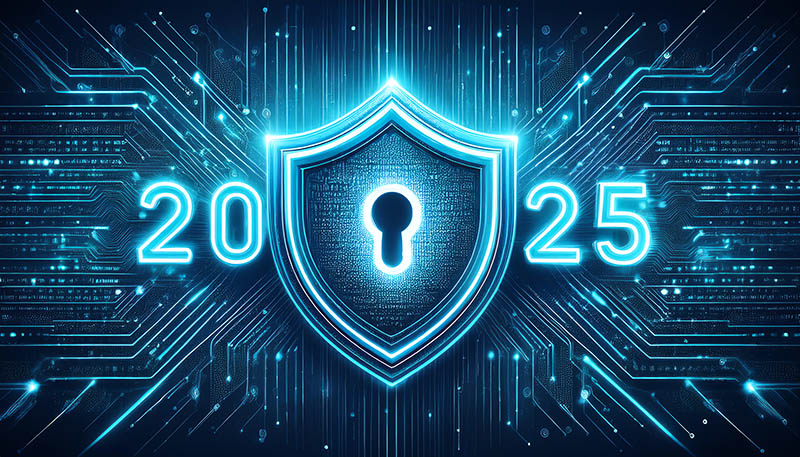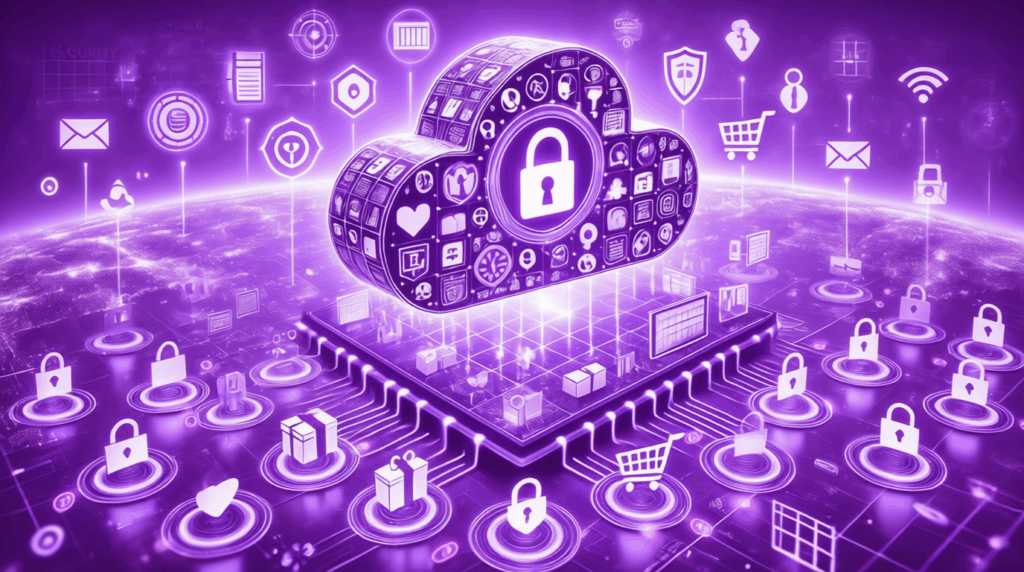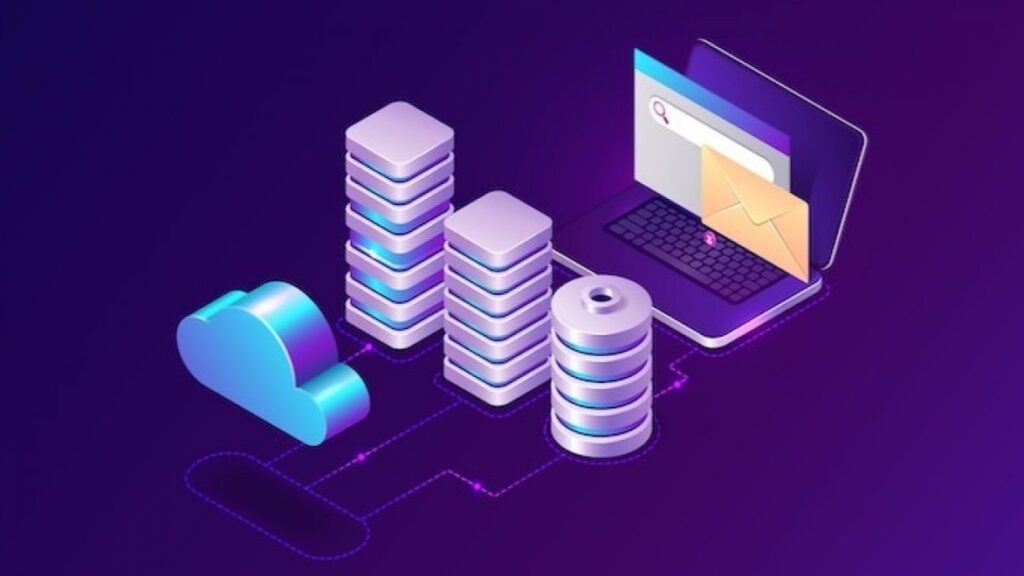Imagine this: It’s a quiet Monday morning in your office, and your team’s email inboxes light up with what appears to be a routine vendor update. But hidden in the attachment is an AI-crafted phishing lure so personalized—mimicking your CEO’s voice in a follow-up call—that it bypasses every human instinct. By lunch, your systems are locked, data exfiltrated, and demands flood in for $1.13 million. This isn’t science fiction; it’s the new normal of ransomware in 2025, where artificial intelligence has supercharged cybercriminals, making attacks faster, smarter, and more relentless.
According to recent research from MIT Sloan and Safe Security, a staggering 80% of ransomware incidents analyzed in 2025 incorporated AI elements, from generating malware to orchestrating deepfake-driven social engineering. As we hit the midpoint of the year, ransomware remains the costliest cyber threat, with individual incidents driving up recovery expenses despite a dip in overall claims volume. The surge isn’t accidental—it’s fueled by accessible AI tools democratizing cybercrime, turning lone hackers into sophisticated syndicates. But here’s the silver lining: Defenders are catching up, armed with AI of their own. Enter solutions like MicroBackups, whose intelligent monitoring and high-frequency backups aren’t just reactive—they’re predictive, forecasting threats before they land and neutralizing them in real-time.
In this article, we’ll unpack the cutting-edge tactics powering AI-driven ransomware, why traditional defenses are falling short, and how MicroBackups is rewriting the rules of recovery to keep your data safe.
The Evolving Arsenal: How AI is Weaponizing Ransomware
Gone are the days of blunt-force encryption. Today’s ransomware is a chameleon, adapting on the fly thanks to generative AI (GenAI) and large language models (LLMs). Cybercriminals aren’t just encrypting files anymore; they’re orchestrating multi-stage extortion plays that blend technical prowess with psychological warfare.
One of the hottest trends? AI-powered social engineering. Threat actors are leveraging GenAI to craft hyper-personalized phishing campaigns that evade detection. Natural language processing (NLP) scans a target’s online footprint—LinkedIn posts, social media rants—to generate emails or messages that feel eerily authentic. But it’s voice phishing (vishing) that’s stealing the spotlight: AI-generated voices clone executives or IT support staff, tricking employees into divulging credentials over the phone. Zscaler ThreatLabz predicts this will explode in 2025, with vishing bypassing multi-factor authentication (MFA) and infiltrating helpdesks. Deepfakes amplify the chaos, creating fake video calls that authorize wire transfers or grant remote access.
Then there’s the malware itself. Groups like FunkSec and RansomHub are deploying polymorphic, AI-driven variants that mutate in real-time, dodging signature-based antivirus tools. These strains don’t just encrypt; they exfiltrate data first for “double extortion,” threatening leaks on dark web sites if ransoms go unpaid. Emerging tactics include encryption-less extortion—pure data theft without locks—and even AI-orchestrated negotiations, where bots haggle over payments via encrypted chats. Ransomware-as-a-Service (RaaS) platforms are evolving too, offering “cybercrime-as-a-service” kits with rented AI tools for non-experts, lowering the entry barrier and spiking attack volumes.
A chilling proof-of-concept emerged earlier this year: PromptLock, the first known AI-powered ransomware strain, uses LLMs to self-compose attacks, adapting to defenses mid-operation. Spotted by ESET researchers on VirusTotal, it’s not yet in the wild but signals a “machine-versus-machine” future where ransomware evolves faster than patches. Sectors like healthcare, manufacturing, and energy are prime targets, with nation-state tactics bleeding into cybercrime—think zero-day exploits from groups like Warlock. ENISA’s 2025 Threat Landscape report warns that AI is the new cybercrime enabler, supercharging phishing and ransomware across Europe.
The stats are sobering: Ransomware accounted for 60% of large cyber claims over €1 million in H1 2025, per Allianz Commercial, with average payouts hitting $1.13 million in Q2 alone. And as CISA and DHS highlight in their Cybersecurity Awareness Month guidance, these threats are accelerating, blending AI phishing with supply-chain hacks.
From Reaction to Prediction: Why Proactive Defense is Non-Negotiable
Traditional backups and endpoint detection? They’re table stakes, but against AI adversaries, they’re like bringing a slingshot to a drone war. Reactive tools wait for the breach, leaving organizations scrambling amid downtime that can stretch weeks and cost millions. Recovery times averaged over a month for 34% of victims last year, per Sophos, with 32% facing data theft on top of encryption.
The shift demands AI on the defense: Automated threat hunting, behavioral anomaly detection, and predictive analytics that spot irregularities before encryption kicks in. Zero-trust architectures, deceptive honeypots, and augmented oversight—flagging risks in real-time—are table stakes now. But the real game-changer? Forecasting. By analyzing patterns from disparate sources, defenders can preempt strikes, turning data into a crystal ball for cyber resilience.
MicroBackups: Forecasting and Neutralizing Threats in Real-Time
At the forefront of this AI arms race is MicroBackups, a cloud-native platform that’s not just backing up your data—it’s safeguarding your future. Built for the 2025 threatscape, MicroBackups harnesses AI across its Intelligent Backup suite to deliver what others can’t: proactive, high-frequency protection that detects, deflects, and recovers with surgical precision.
Intelligent Monitoring: The AI Sentinel Watching Your Back
MicroBackups’ AI-based security engine is your 24/7 guardian, scanning for “harmful changes” in cloud data that signal ransomware infiltration. It doesn’t stop at detection—it labels clean recovery points automatically, so when an attack hits, restoration is point-and-click simple. This goes beyond alerts: The platform’s data governance AI flags orphaned files and dormant user accounts, slashing compliance risks under GDPR, HIPAA, and CCPA while uncovering hidden vulnerabilities attackers exploit.
In a world of adaptive malware, this monitoring shines. FunkSec’s AI-driven strains might morph payloads mid-attack, but MicroBackups’ behavioral analysis spots the anomalies—unusual API calls or data flows—before encryption spreads.
High-Frequency Backups: Striking Back in Critical Moments
Ransomware thrives on speed; MicroBackups counters with it. High-frequency backups trigger automatically during “critical moments”—spikes in threat activity or system stress—creating granular snapshots that minimize data loss to mere minutes. No more weekly dumps that leave gaps for exfiltration; this is real-time resilience, ensuring even if PromptLock-like threats evolve, your rollback options are fresh and untainted.
Disaster Forecasting: Predicting the Storm Before It Breaks
What sets MicroBackups apart? Its Disaster Forecasting & Prevention engine, crunching thousands of datapoints from SaaS uptime metrics, IaaS VM logs, API response times, and even weather forecasts (because a storm-induced outage can cascade into cyber chaos). This isn’t guesswork—it’s AI-fueled prophecy, alerting admins to potential downtime or data loss hours or days ahead. Spot a brewing vishing campaign via unusual login patterns? The system ramps up backups and isolates segments, neutralizing the threat preemptively.
Recovery is equally revolutionized. The multi-channel Natural Language User Interface (NLUI) lets teams request restores via email, chat, or phone in plain English—”Recover sales data from last Tuesday”—bypassing clunky dashboards. It’s self-service empowerment, cutting human error during panic.
With built-in compliance (DPA for GDPR, BAA for HIPAA) and Privacy Shield certification, MicroBackups isn’t just a tool—it’s a strategic ally for any size org, from startups to enterprises.
Securing Tomorrow, Today
2025’s AI-driven ransomware isn’t a distant threat; it’s here, hammering critical infrastructure and racking up record payouts. But as attackers wield GenAI for vishing and polymorphic strikes, defenders like MicroBackups prove that AI can be our greatest ally—forecasting risks, automating defenses, and enabling swift, seamless recovery.
The message is clear: Don’t wait for the knock. Audit your backups, layer in AI monitoring, and forecast like your business depends on it—because it does. Ready to deflect the next strike? Explore MicroBackups at microbackups.com and turn prediction into protection.
Stay vigilant, stay backed up. The future of cybersecurity is proactive—join the fight.



